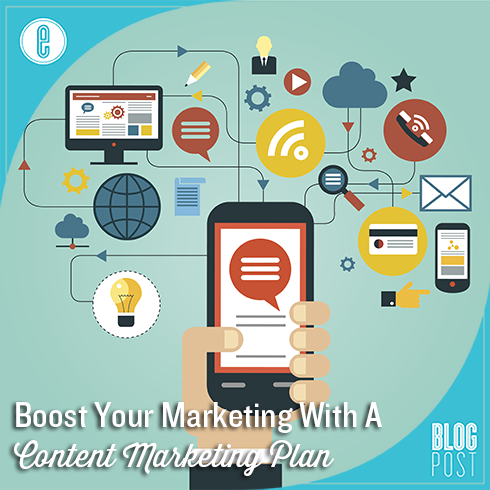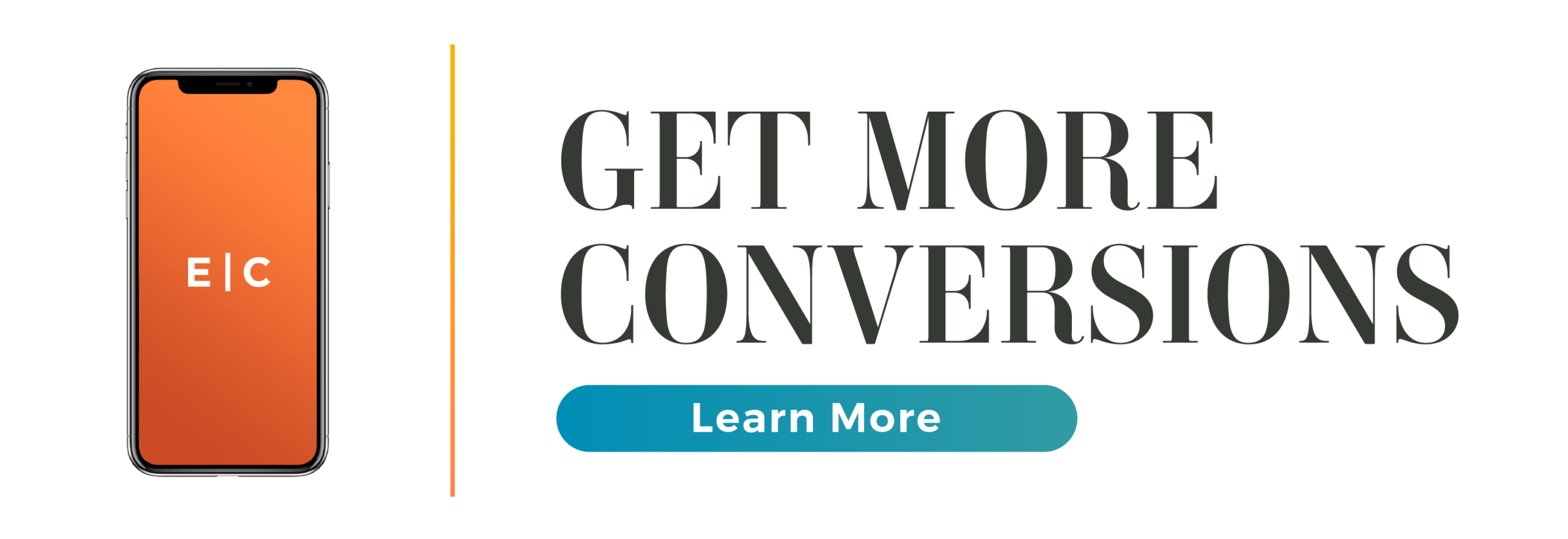In 2014 alone Google indexed more than 9 billion new web pages – more than one for every person on the planet – and the speed at which content is being created online shows no sign of slowing. This huge amount of created content is constantly competing for the attention of your prospective customers, and as the competition increases you need to up your game if you want to come out on top and grow your business.
Good content takes time and money, but the answer isn’t just to increase your volume (although 70% of marketers surveyed by the Content Marketing Institute are doing just that).
No, the answer is to have a plan and a strategy in place such that you are getting every possible benefit you can from every piece of content you make. This framework can be achieved using a content marketing plan.
Starting Your Content Marketing Plan
Before you can start planning your content you need to understand why you’re creating that content: content is not a goal within itself. Your business objectives for creating content may affect both the type and the amount of content you create, as well as the style and voice that you use. Business objectives could include:
- Building a Brand
- Lead Generation
- Search Engine Optimization
- Dominating Your Niche
- Building an Online Community
The second piece of information you need is an idea of who your ideal customer is. The more you know about the people you’re writing for, the more likely it is that the content you create for them will be relevant and interesting. You will want to think about the following:
- How old they are
- Whether they are more likely to be male or female
- Where they live
- What their income is
- What relevant hobbies or interests they may have
- What questions or concerns they may have (relating to your niche)
Fleshing Out Your Content Marketing Plan – What & When
If you’ve already created your business objectives and defined your ideal customer you should already understand the why and have the information you need to create a plan for what you’re going to publish.
From simple blog posts to reviews, eBooks, podcasts, video logs and more there is a huge selection of different types of content you could create. Each of these will have its advantages and disadvantages and appeal differently to your prospective customers.
Choose types of content that will appeal to your users, meet your business objectives and are achievable. There is no point choosing a weekly video blog as your content of choice if you do not have the budget or production facilities to create one to a high quality.
For most businesses, a blog is a fine starting point that appeals to most prospective customers, and has the advantage of being easy to create. As resources and expertise become available over time, you can add to it with complementary items such as infographics, case studies, and white papers.
Your aim is to create an editorial calendar that achieves the following:
- Meets your business objectives
- Appeals to your ideal customer
- Sets out a regular schedule of work that is achievable
- Plans content to take advantage of seasonal changes and other marketing efforts
Your Content Is Not An Island
By matching the content in your content marketing plan with what is happening elsewhere in your business you can considerably boost your marketing efforts. For example, if you’re planning on having a sale in July your content should build up to this in June and advertise it through July. If Christmas is your best time of year, then your content running up to Christmas should focus on building anticipation and reminding customers of products they might be interested in purchasing.
Many businesses make the mistake of creating each piece of content as it comes with no overarching strategy or plan – creating content simply for the sake of it. Once you have a content marketing plan in place, all your content will be created according to clear business objectives and according to a schedule that sets out themes and focuses throughout the year.
-FINAL(01-00)-White&Blue-01.svg)





